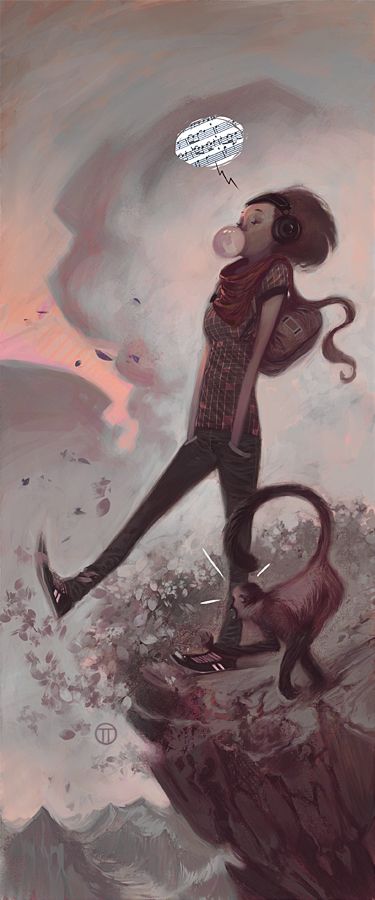Dear Integral Meditators,
You may think of ‘productivity’ as word that you would associate more with your professional development that your individual personal development, but in the article below I look at how our individual happiness is also dependent to a degree upon our productivity, and how we can create a win-win relationship between our personal happiness and professional growth.
Beneath the article you can see that I have placed the full information for the Mind of Ease Meditation Online Course. You can view a ten minute video that I have created where I talk in some detail about the relevance and effectiveness of the Mind of Ease Meditations HERE.
Yours in the spirit of mindful productivity,
Toby
 Your Blueprint for Mindful Productivity
Your Blueprint for Mindful Productivity
Productivity is the act of supporting our existence by translating our thoughts into reality*, our ideas into objects and products, of bringing knowledge, goods and services of all kinds into existence though our creativity.
We should be interested in productivity as individuals because productivity gives rise to achievements, and this in turn gives rise to a particular type of happiness and confidence.
As employers and members of organizations we should be interested in teaching ourself and others in the organization productivity, because it will help to give rise to a successful, confident and happy organization that people will want to work in and stay in.
So what are the building blocks of productivity, and how can mindfulness help nurture it? Here are a few practical thoughts:
1. We need to be having creative thoughts, and to believe that we are capable of such thoughts – In all of the major domains of our life we need to realize that we are creative agents, and that what we do makes a difference. In our relationships, at work, in our leisure activities we need to challenge ourselves to think intelligently about what we want, and then act productively on those ideas to make them a reality.
2. We need to believe something that comes from ourself can be worthwhile – Ask yourself the question “Do I really believe that an idea that I have can be of real value and make a difference in the world?” If you really believe that then productivity and manifestation will be a natural extension of your belief. If deep down you don’t believe in yourself and the power of your ideas, then even if you have the most amazing ideas they are going to get lost behind a myriad of excuses and distractions. It’s actually ‘easier’ to just become a consumer rather than a producer, but by becoming so we deny ourself so many fundamental forms of happiness.
3. We need to measure how many of the creative thoughts we have make it into reality each day – So we’ve decided we are going to really believe in the power of our ideas (not easy to do on a deep level), and we’ve decided to become a producer. Then you need to ask yourself the question each day “How many thoughts and ideas have I translated into reality today?” You literally look at how many of your thoughts you have actually translated into the domain of our everyday reality.
- If you are an aspiring poet, that means writing something
- If you are a marketer it means communicating your message to your audience, today
- If you are a teacher like me, it means producing materials that can be taught and then inviting people to participate
What productive activity have you done today?
4. We need to appreciate that which we produce – Don’t let your achievements go unnoticed. Don’t finish one thing and then immediately go onto the next. Savor it first; allow the pleasure of your own productivity to feed and nurture your being so that you can sustain enthusiasm for the process.
5. Rinse and repeat each day until it becomes a part of the fabric of how you operate
Being mindful of points 1-5 above is your basic blueprint for sustainable productivity each day. Remember, you’re not doing it to please someone else (although it might), you are doing it because you are choosing to take pleasure in your own productive power, the power you have to be a cause in life, not just an effect.
*Paraphrased definition from ‘Honoring the Self’ by Nat Branden, chapter 12 on Rational Selfishness.
© Toby Ouvry 2014, you are welcome to use or share this article, but please cite Toby as the source and include reference to his website www.tobyouvry.com










